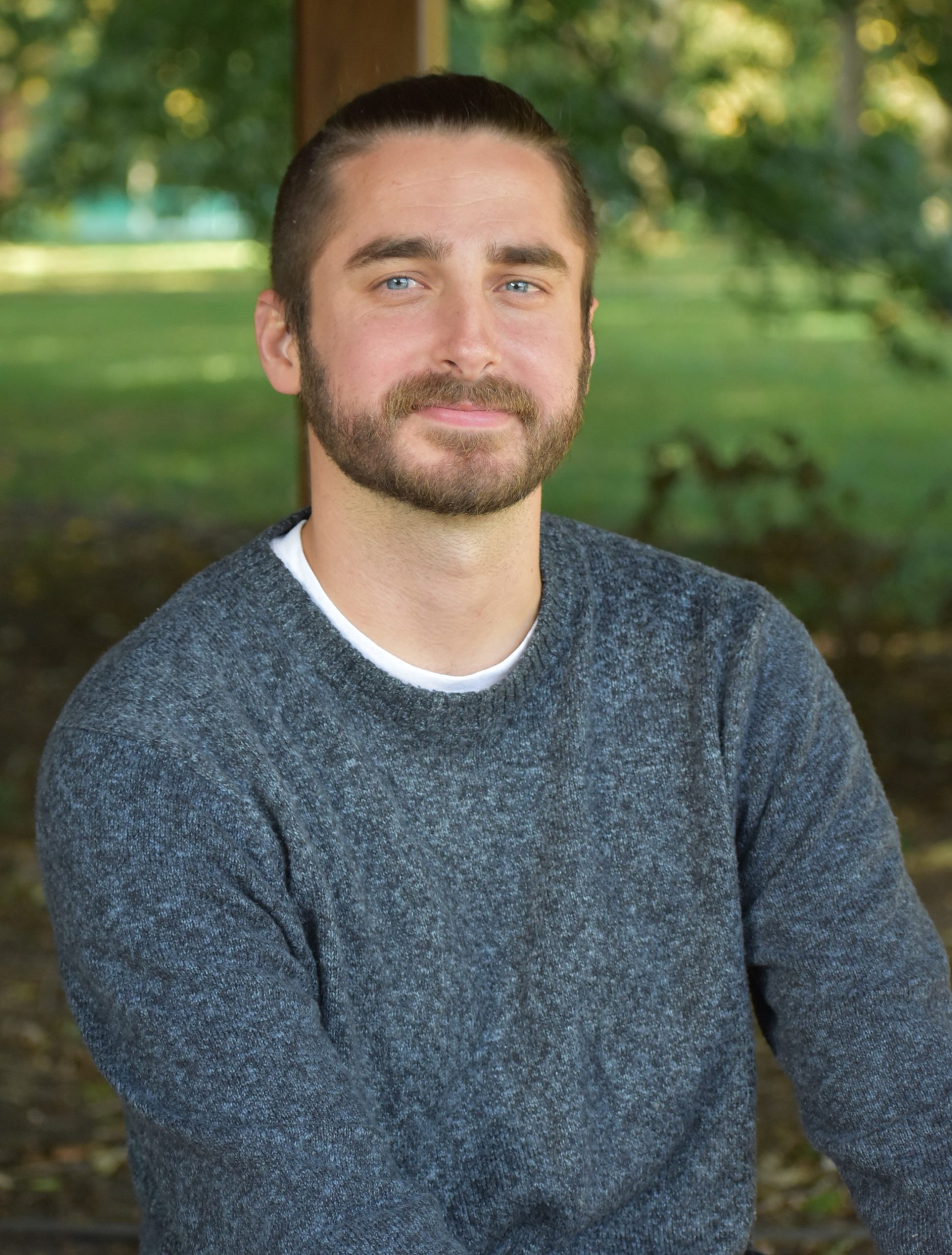Learn more about HRI’s Campus Fellowship Program, which supports a cohort of faculty and graduate students through a year of dedicated research and writing in a collaborative, interdisciplinary environment.
What is unique about your research on this topic?
I think my project is unique in the way it combines theories of imagination, visual culture, and race. I theorize a “post-racial imaginary” that asked people to see and imagine race differently. The combination of these approaches helps me to show how the post-racial myth harmed people of color and supported white hegemony.
I argue that the post-racial imaginary directs viewers’ eyes in particular ways. These visual logics ask us to look some places and not others, to see some features and ignore others, to recognize some bodies and disregard others. I analyze visual artifacts like the Obama Hope poster, Big Tech diversity aesthetics, PANTONE skin color images, National Geographic photos, racial collages, and digital race filters to better understand how visualizations of race asked viewers to undo race. The design of these images reveals a great deal about how people imagine race and its role in society.
What drives your interest in this research?
I am fascinated by this research for three reasons. The first is that I have always been interested in visuals and design. Before coming to graduate school, I was a graphic designer, so I am attuned to the ways that visuals can be impactful. Second, my master’s degree focused on the rhetoric of Barack Obama and his role as the first Black president. The post-racial myth is inextricable from Obama’s political rise and presidency and I continue to be interested in the ways racial discourse is guided by ideas of Obama and his role in U.S. history. The third, and most important reason, is that I am interested in this project as contributing to anti-racist scholarship. The post-racial myth constrained anti-racist politics and continues to disempower people of color and support white supremacy. I believe that the more we untangle the post-racial myth, the better equipped we are to combat racism.
How has the fellowship seminar impacted the way you approach your research?
The fellowship seminar has been a wonderful experience. I am incredibly grateful to sit and think with intelligent and generous scholars from other disciplines. The seminar has helped me to make connections across department and strengthen my work. The insights and perspectives of the other fellows has encouraged me to deepen my research and pull from other theories in the humanities to bolster my arguments. Overall, the fellowship seminar represents a community of humanists who support each other’s work. I think this is the best possible way to do research.
